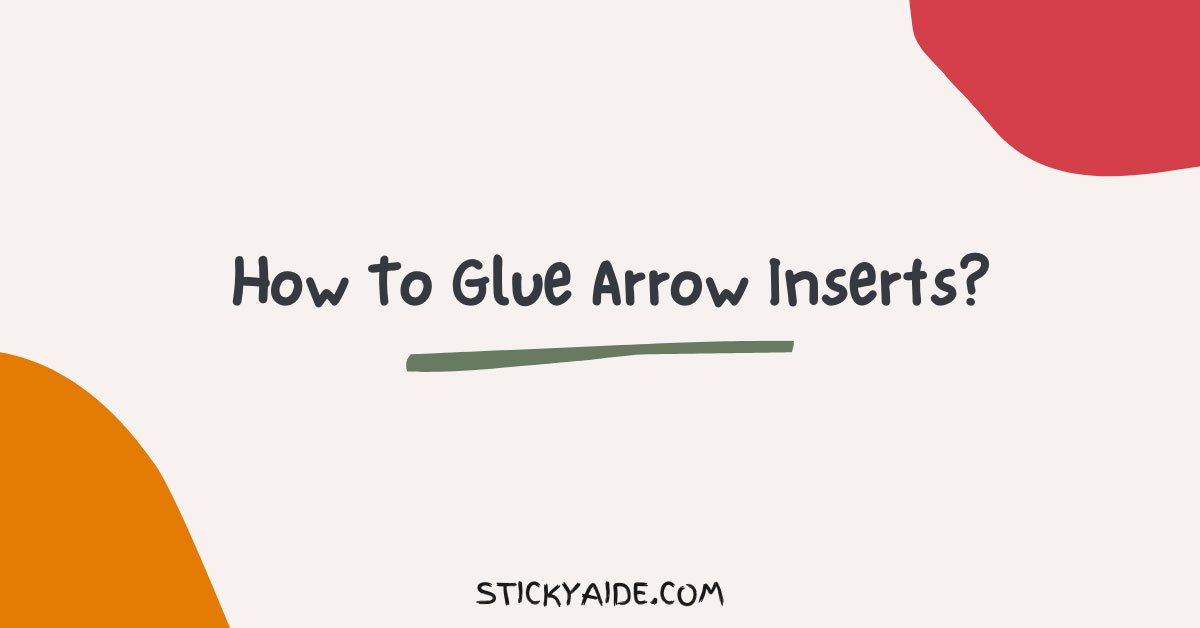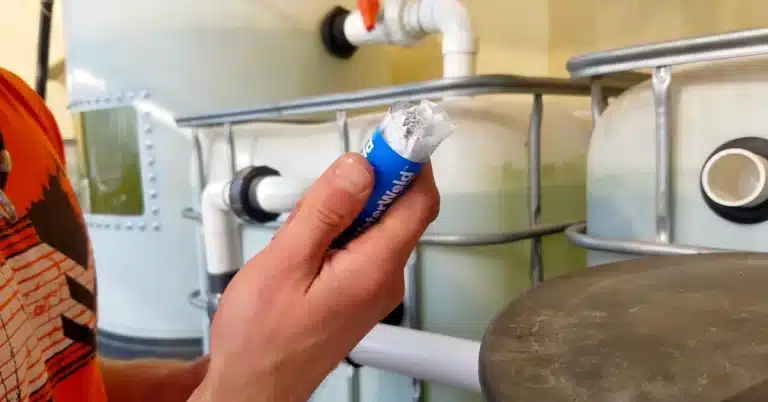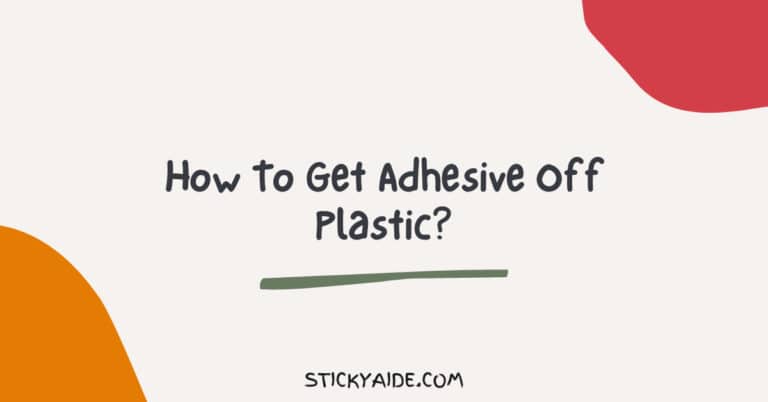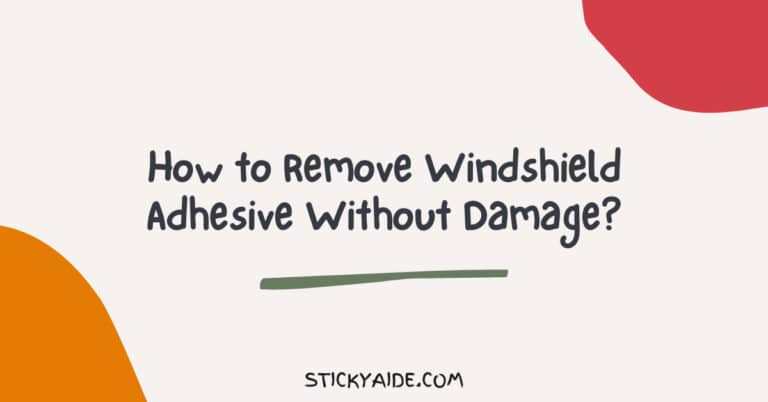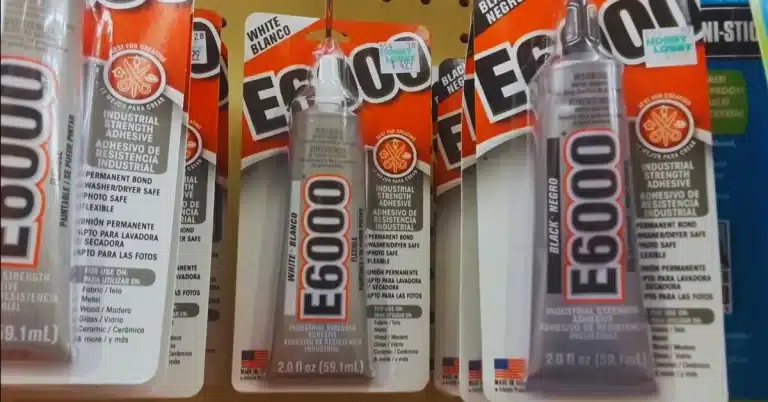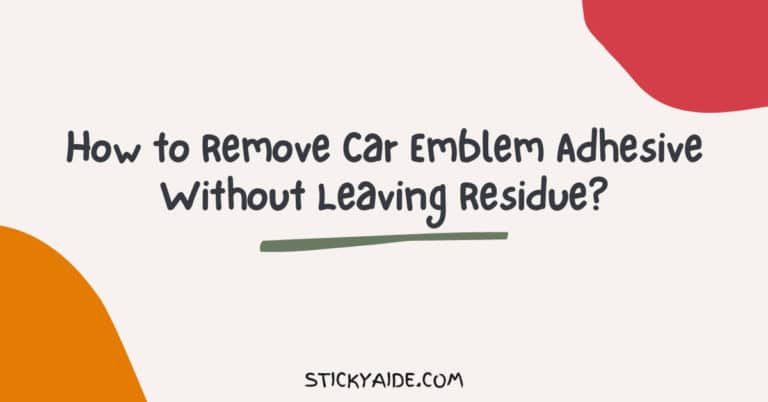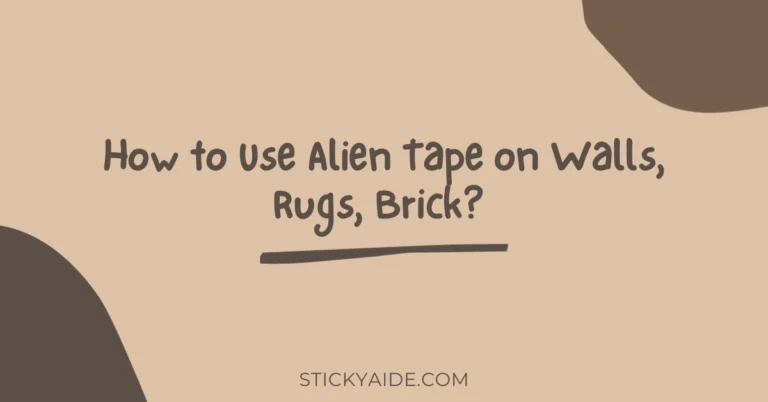Gluing arrow inserts can be a tricky process because of the small and detailed nature of the area. If you’re not careful and not precise, it’s easy to end up with an insert that doesn’t look right or feel right on your bow.
Luckily, with some practice and patience, you can learn how to glue arrow inserts in no time. With this step-by-step guide, glueing arrow inserts is simple and painless.
Follow along to learn everything you need to know about this important part of shooting arrows.
Read More: Can You Use Super Glue for Arrow Inserts?
What Are Arrow Inserts?
Inserts are small pieces of material, usually cork or plastic, that you glue into the back of an arrow shaft. They’re usually used when you want to add weight to your arrow, but you don’t want to change the diameter of the shaft.
Inserts are commonly used when you want to add clickers or spin wings to your arrows. They can also be used to add a small amount of weight to an arrow without changing its diameter.
For example, if you have a hunting arrow that you want to get down to a legal hunting weight, but you don’t want to change the overall length or change the spine of the arrow, you can use inserts to add a couple of grains to the fletching end of the arrow, without altering the spine.
Read More: Best Arrow Insert Glue
Why Should You Glue Your Arrow Inserts?
Gluing arrow inserts are the best way to ensure they stay in place without moving. With inserts, you’re more likely to have issues with the glue coming loose and the insert falling out of the shaft. Glue them in to ensure they stay put.
If you’re using inserts, you’ll want to glue the inserts in the shaft. This ensures the inserts stay in the shaft, since they don’t have any other attachment method.
If you don’t glue the inserts in, they may come loose, which is not ideal. If your inserts come loose in the shaft, they can cause many problems. If they’re rattling around in the shaft, they can cause noise, distracting and annoying on your shots.
Wider inserts can also cause issues with your fletching and nocks, as they may get stuck or drag on the fletching.
How To Glue Arrow Inserts?
Gluing Process: Before You Start
Before you get started with actually gluing arrow inserts, there are a few things you’ll want to make sure you have ready. You’ll want to have the shaft or arrows you’re working with, the inserts, a glue that works with the inserts, and a small pair of scissors.
You’ll want to ensure the shafts you use are clean and dry. They can be more difficult to work with if they’re dirty or moist. Make sure they’re also straight and properly spined before you start gluing the inserts.
You’ll also want to ensure you have the correct glue for the inserts. Some inserts are made with different materials, like cork or synthetic rubber, so you’ll want to ensure you have the right glue for the insert.
Step 1: Prepare The Shaft
The first step is getting your shaft ready to glue the inserts. You’ll want to ensure the shaft is clean and clean off any dirt, debris, or wax.
You can do this with warm water and a little dish soap. You’ll also want to make sure the shaft is dry before you start gluing. If it’s not dry, the epoxy may also not stick to the shaft, which can cause problems.
You can dry the shaft off with a paper towel or let it air dry for a couple of hours. The last thing you’ll want to do is make sure the shaft is straight before you start gluing inserts.
The insert may not sit straight in the shaft, which can cause many problems if it’s not straight. You can use a spined or a bow square to straighten the shaft.
Read More: Do You Glue Arrow Inserts?
The Insert And Glue
You’ll want to grab the insert and the glue, which should be easy to find at any archery store. Make sure you follow the instructions on the glue.
You’ll probably want to mix the glue before you start gluing to ensure it’s all well-mixed. You’ll want to ensure you have everything you need to glue the arrow, like your shaft, the insert, and the glue, ready to go. This will make the gluing process easier and less stressful.
Installing The Insert
Once the shaft is ready and you have your insert ready to go, you can start gluing the insert. You’ll want to ensure the insert is placed correctly so the arrows are straight and aligned.
Once the insert is in place, you can take the glue and start applying it to the shaft. If you’re using epoxy, you can do this with a small paintbrush or a toothpick.
Please ensure you get glue in all the insert grooves so it’s fully glued to the shaft. Once the insert is glued to the shaft, you can let it sit for a few minutes until the glue dries.
You may want to let it sit for about 15 minutes just to ensure the glue dries completely.
Read More: Arrow Insert Glue vs. Super Glue
Install The Insert And Check Alignment
Once the glue is dry and the insert is glued on the shaft, you can install it in the nock. If you did everything correctly, the arrow should sit straight, with no wobble, and the fletching should be even on both sides.
If the insert is off-center or not straight, you may want to take the arrow out and try again. You may want to try using less glue since too much can cause it to drip, making it difficult to get the arrow straight.
Once the arrow is installed, you can check alignment with a bow square to ensure the shaft is perpendicular to the string. The nock should also be perpendicular to the string, which means it should be straight up and down.
Last Opinion
Gluing inserts is tricky, but it can be done with patience and guidance. With the right glue and a little practice, you can glue inserts and get them placed in the shaft correctly.
With arrow inserts, you can add weight to your arrows or make minor adjustments, like changing the spine or length of an arrow, without having to change out the entire arrow.
If you have questions about how to glue arrow inserts or need help with the process, you can talk to an archery pro or visit an archery shop to get help from a pro.

